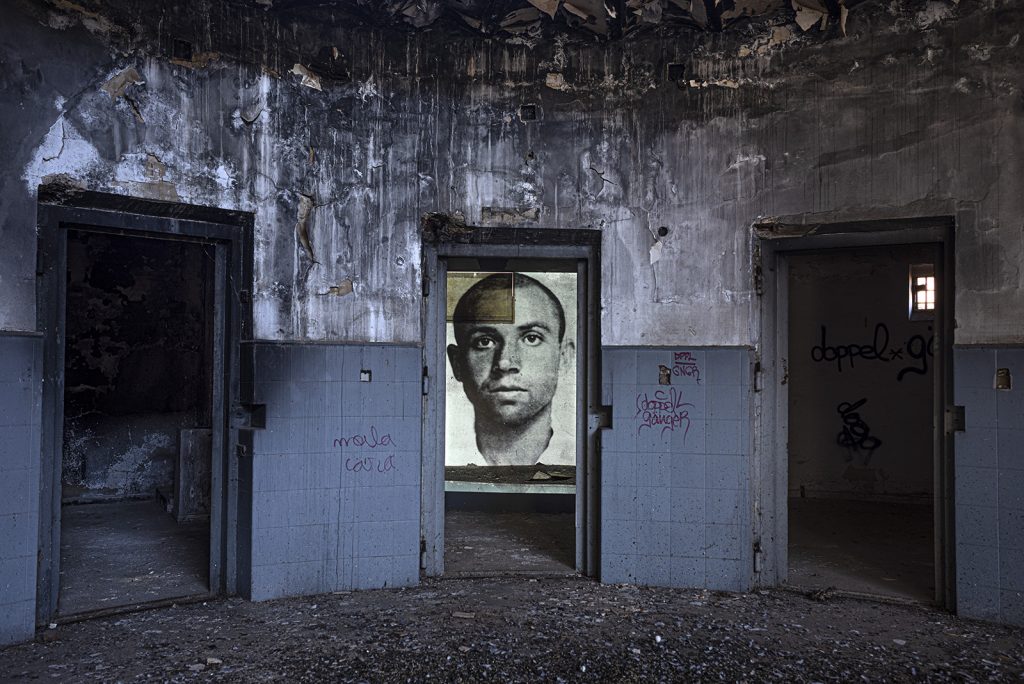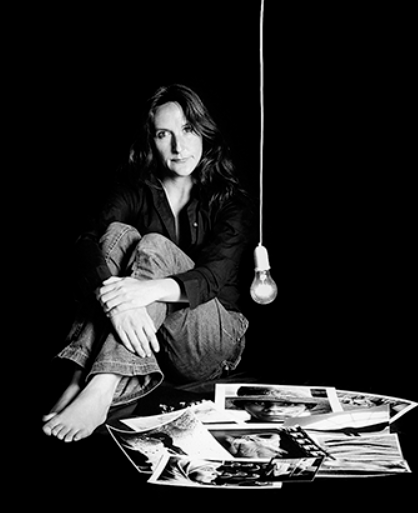When María Clauss attended the exhumation of the bodies of civil war reprisals in the Huelva town of Nerva, in the Andalusia region, one of the largest mass graves in rural Spain – she never imagined the dimension that her work would reach. The ultimate goal of this project is attempting not only to reconstruct the past but also conveying the feelings and emotions of the victims’ sons, daughters, brothers and sisters.
Memory is an exercise of reconstructing the past in the present moment and photography is a means to do so. It reminds us of the important duty not to forget. Each portrait of a victim of reprisal is protected by the family as a treasure, every place that, because of what took place there, has its own unique power, and every pained face of the son/daughter/sister/brother for having lost their loved one, come together to remember.
This project was carried out throughout 2021 and the beginning of 2022, in the province of Huelva, Spain, and aims to bring visibility to the places and the victims, as well as to their close relatives who were victims of reprisal, sharing one unique visual space. Most of Huelva offered little to no resistance to the revolt, and the villages where was present were quickly wiped out in August 1936.
To this date, there are 126 found or identified mass graves, which makes Huelva one of the Andalusian provinces with such high figures, second only to Seville. It also holds the second place in the number of victims (10,199), behind Granada. The cemetery of the mining village Nerva has the largest rural mass grave in Spain and it is estimated that therein lay the remains of up to 800 people. The moment of Truth, Justice, and Reparation has come, the moment where oblivion has no place.
Photo copyright: © María Clauss for Médicos del Mundo




